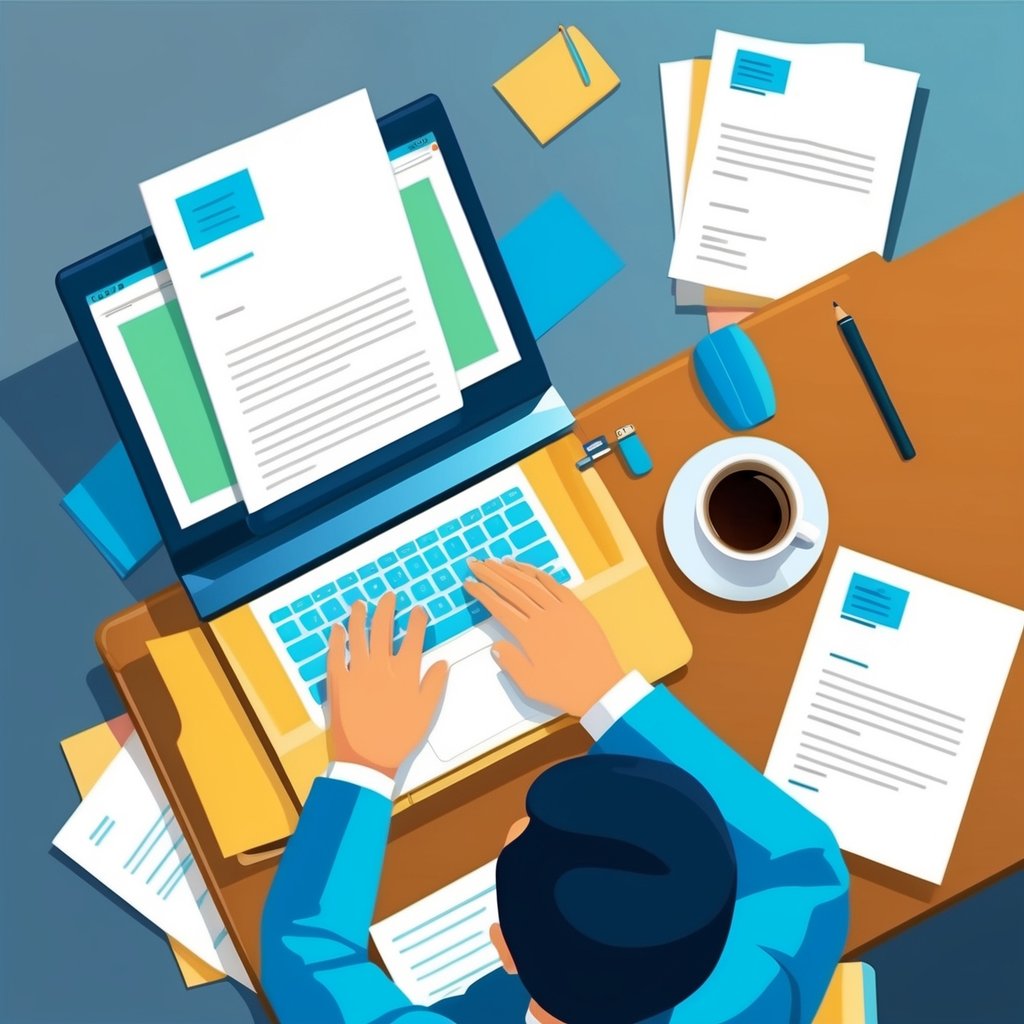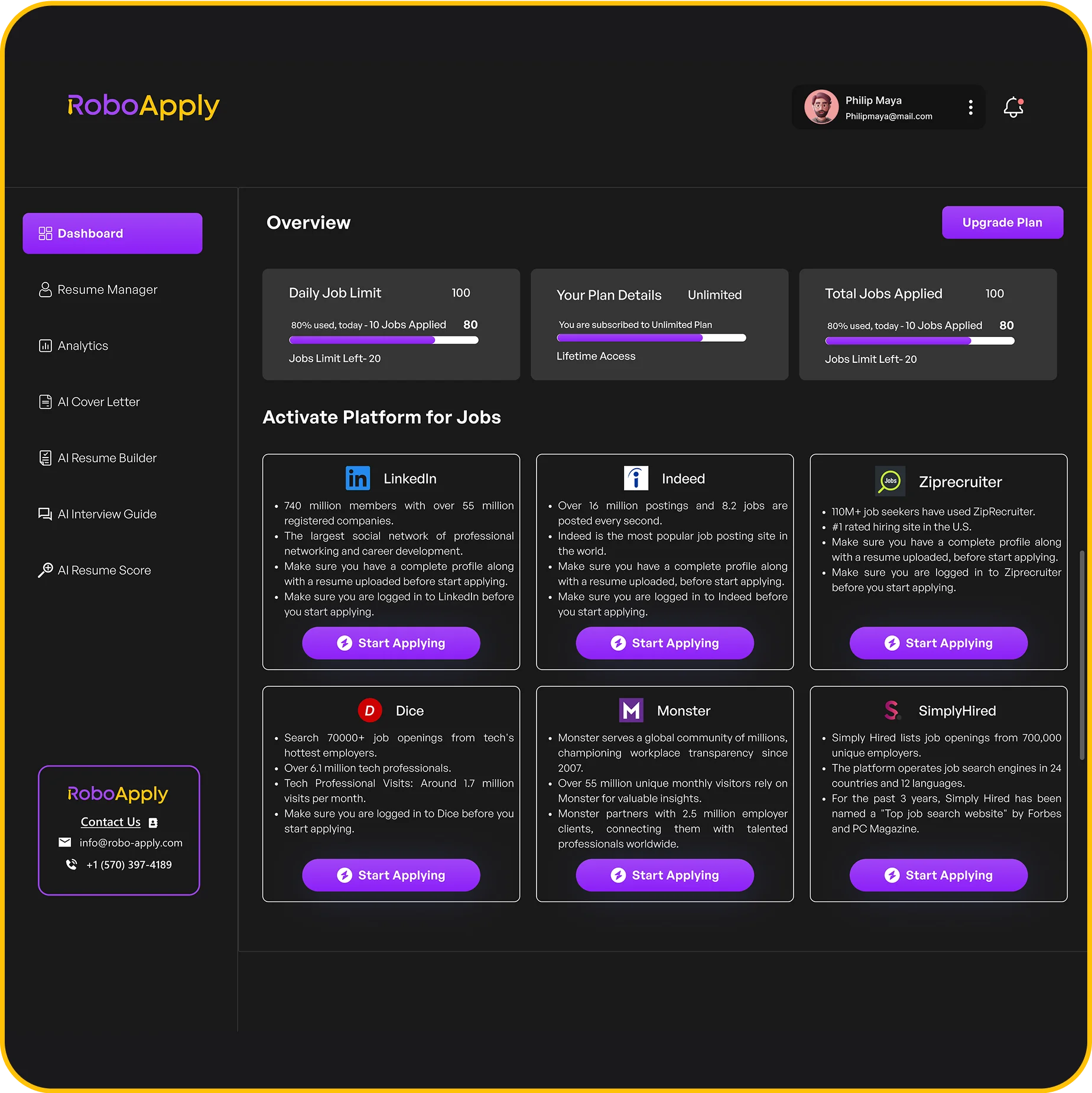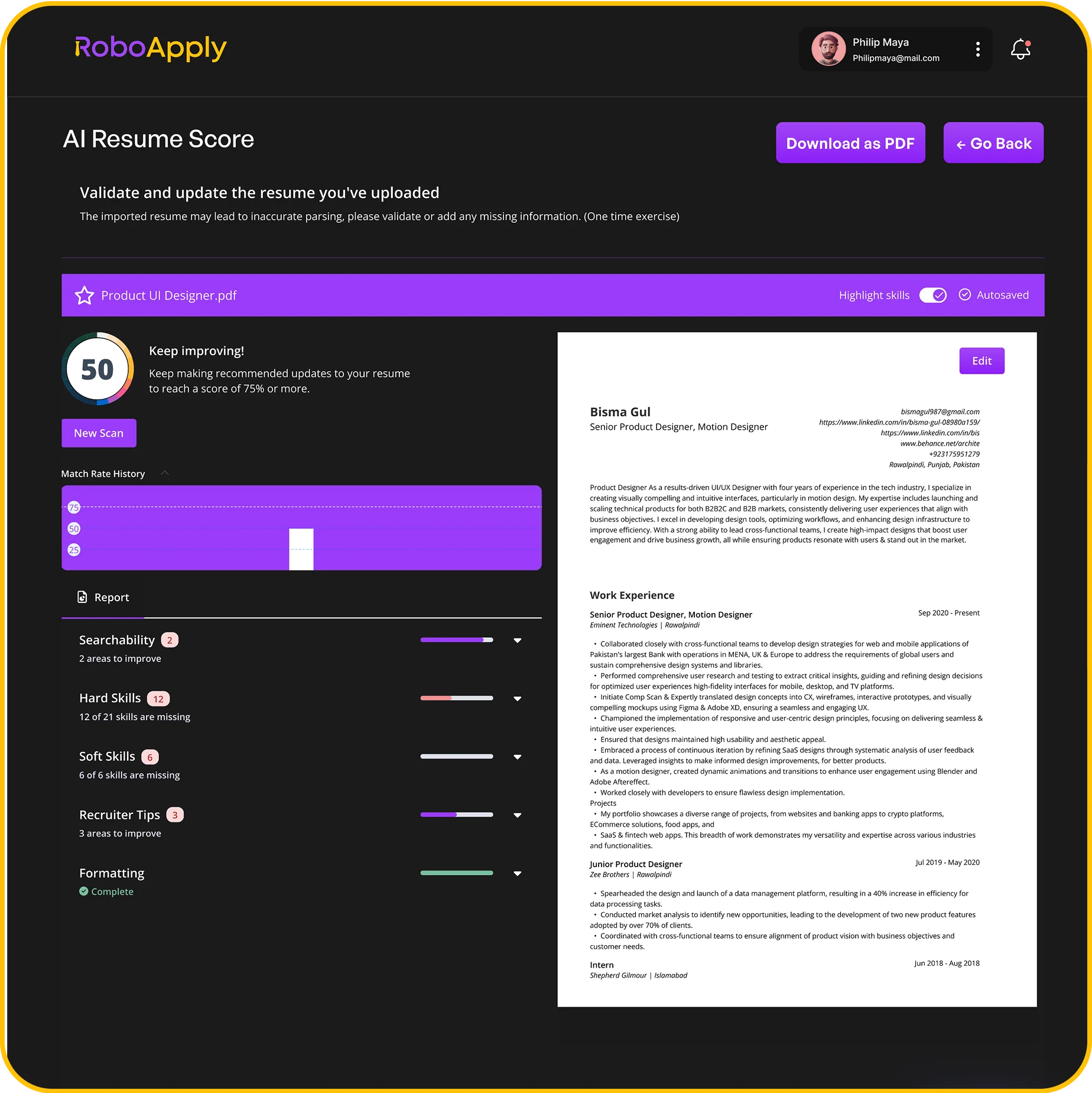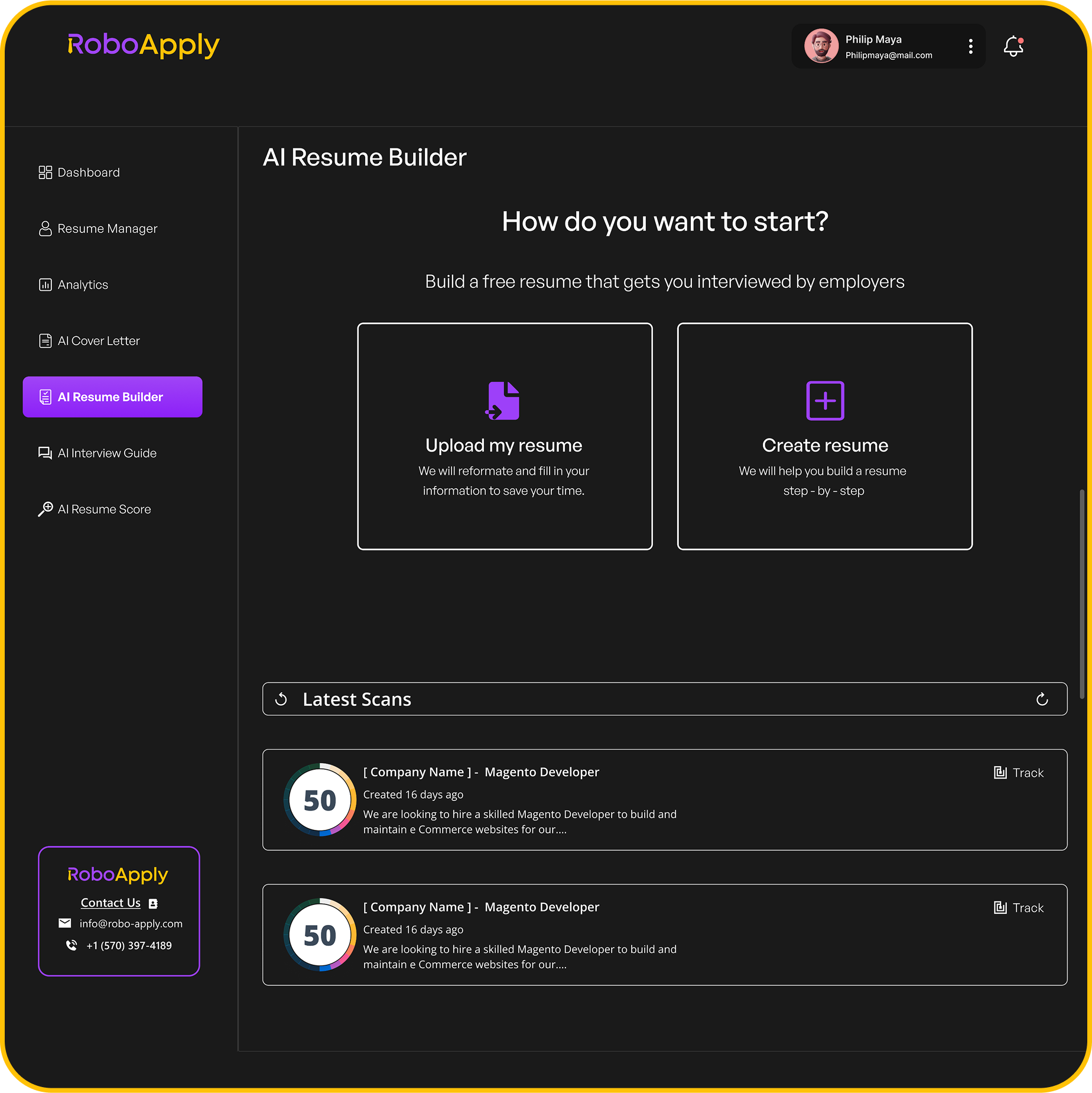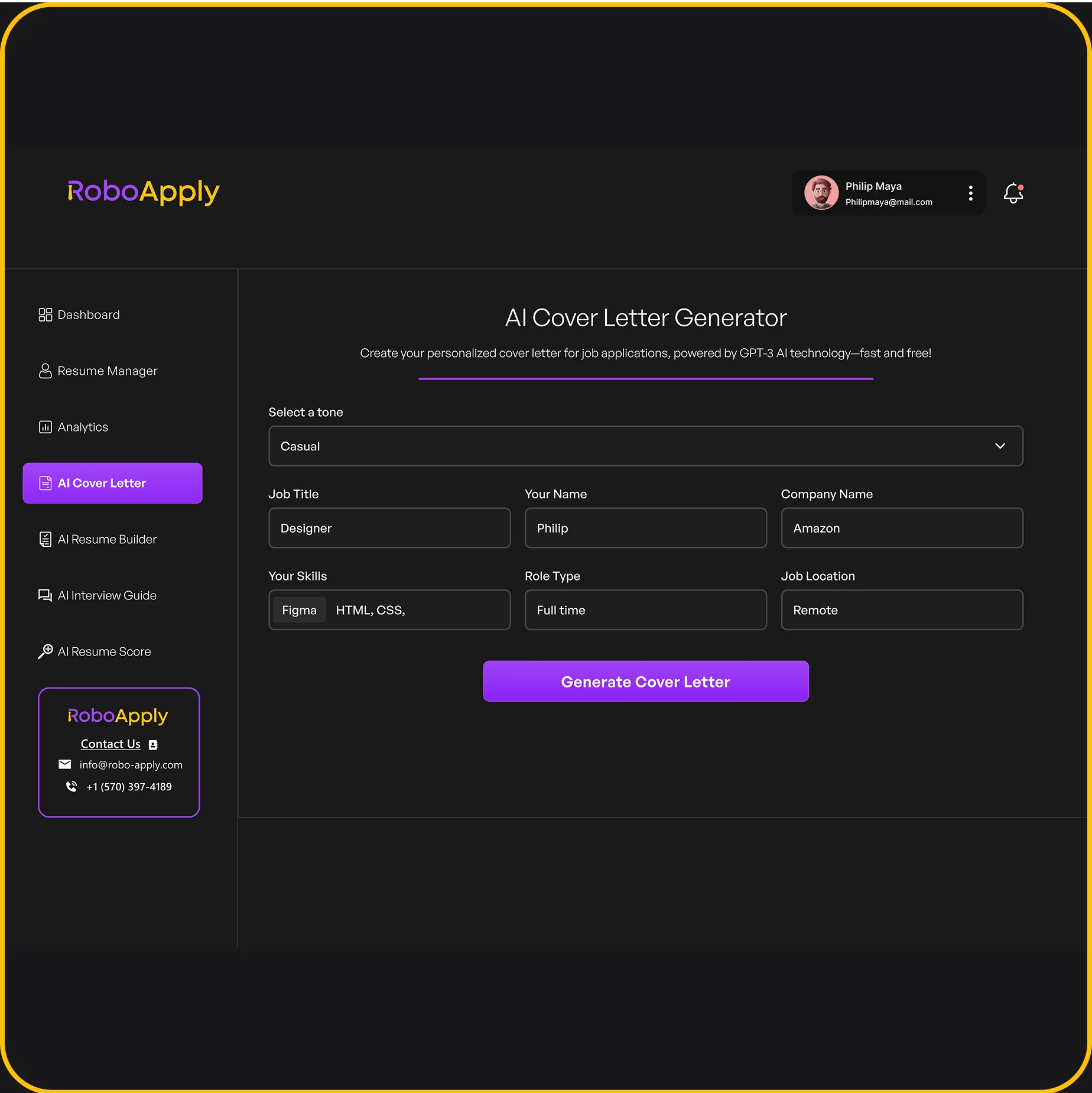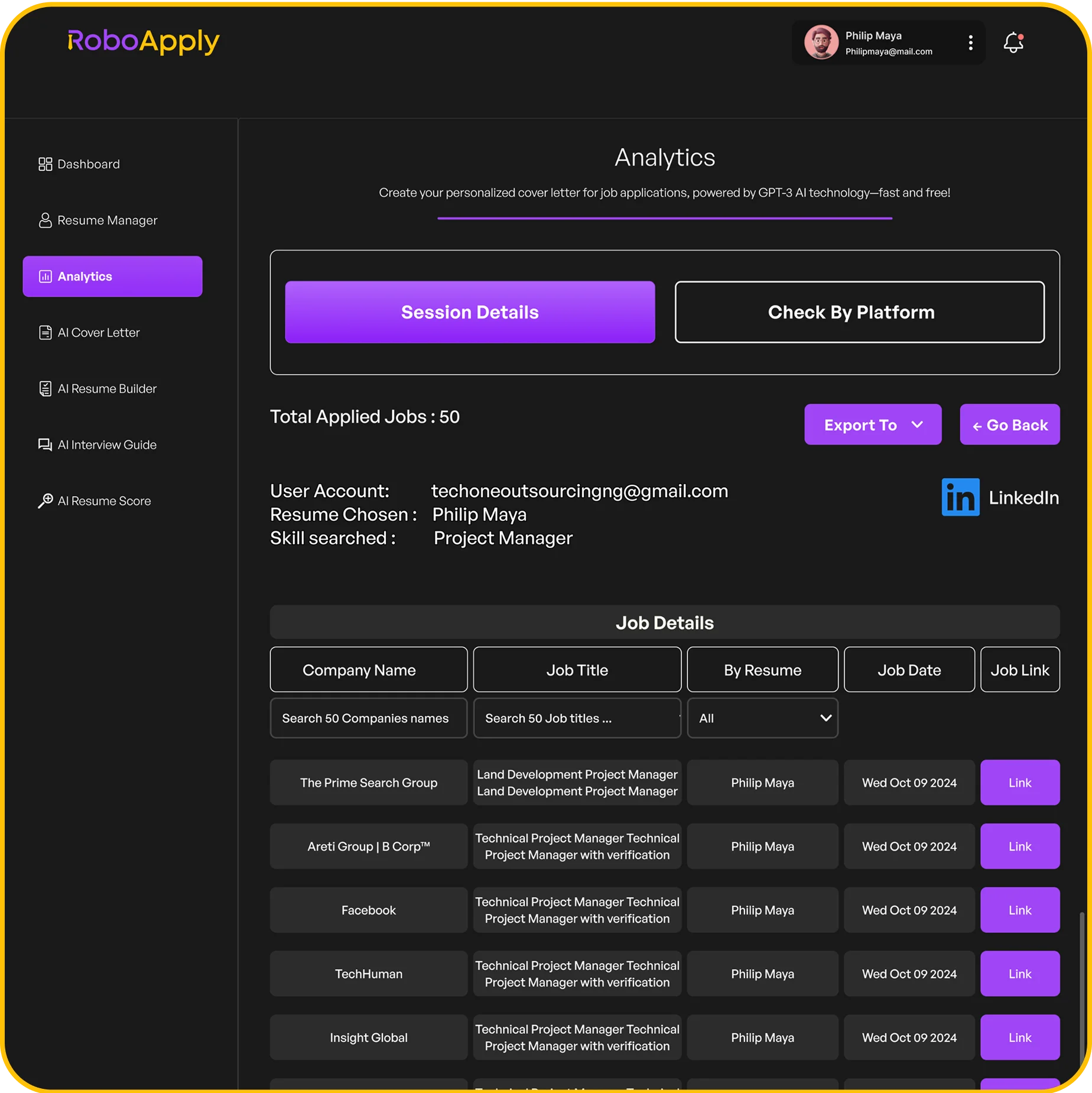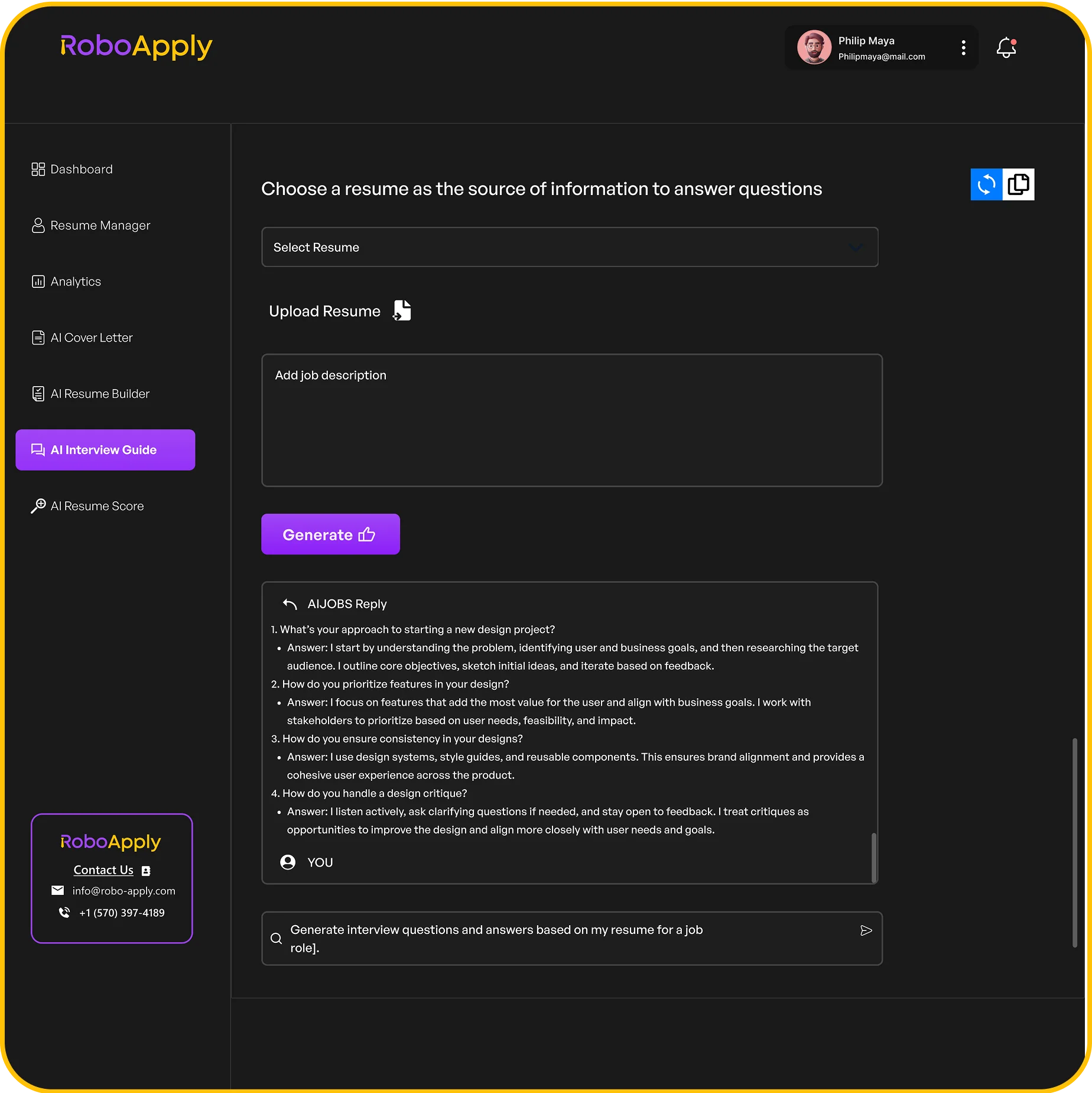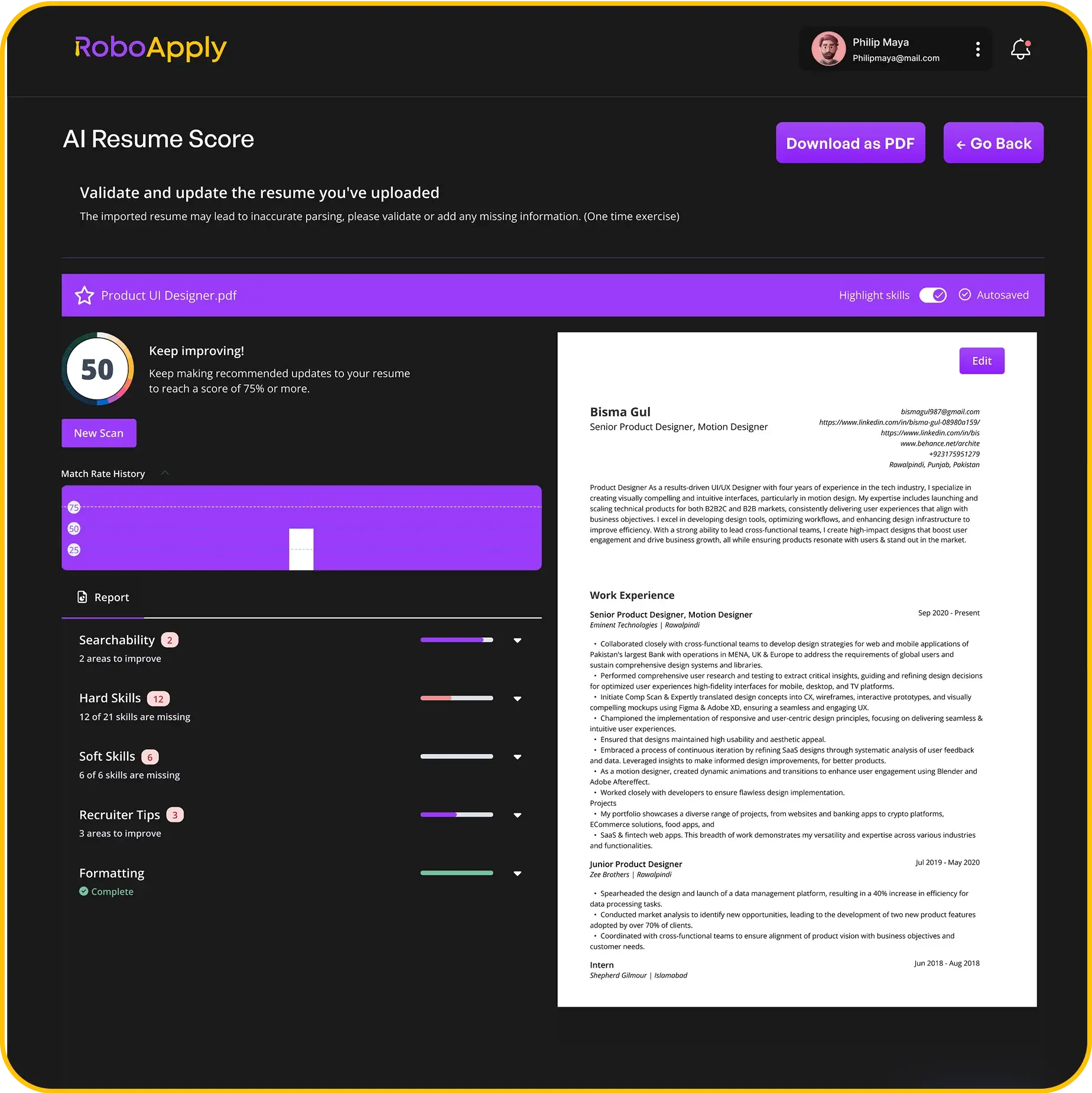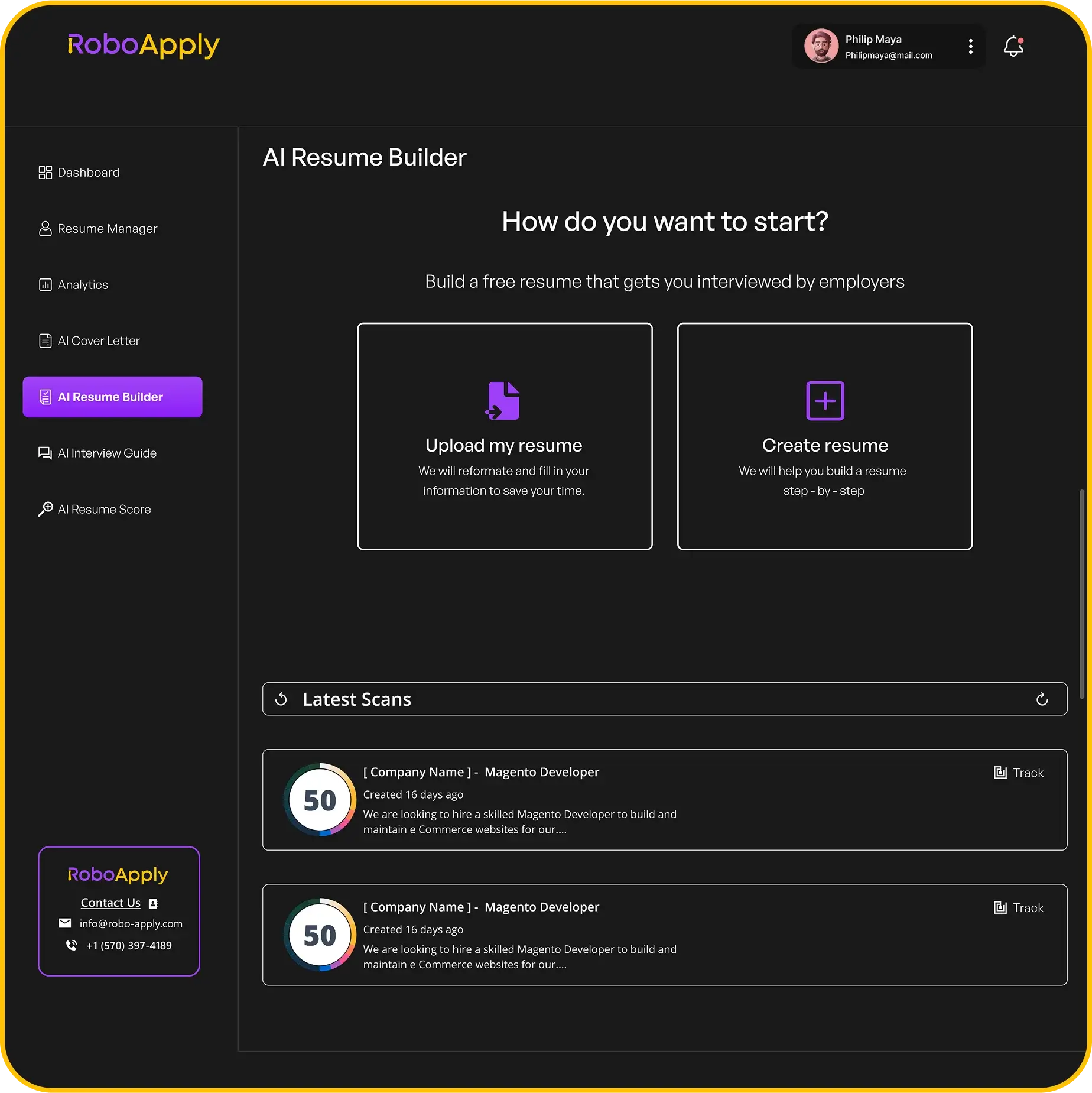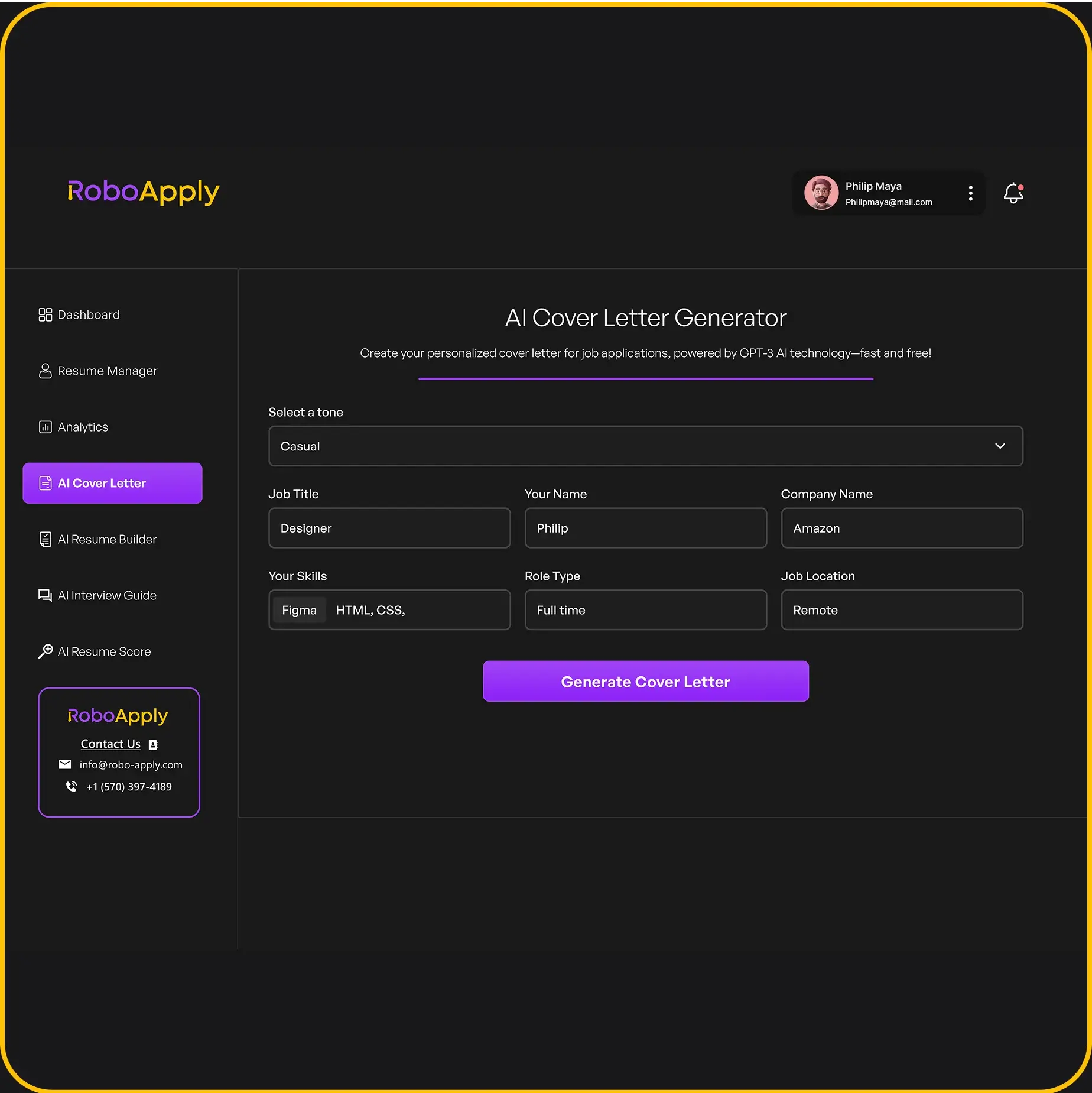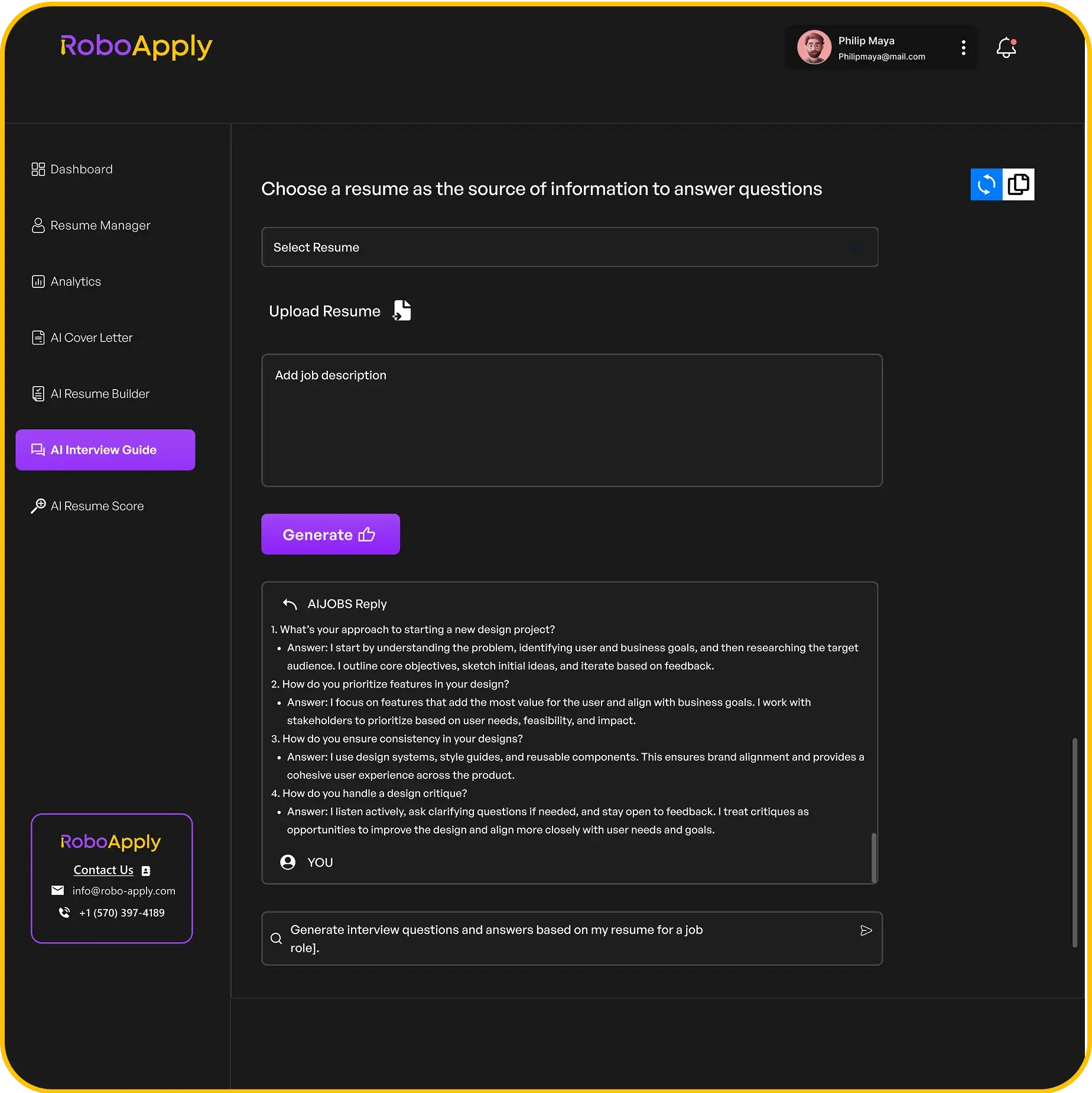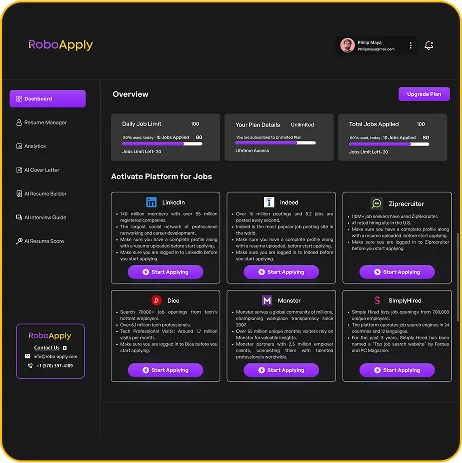A well-written reference letter can help someone get a job, qualify for a program, or move forward in their career. Learning how to write an effective reference letter makes it easier to help others succeed and shows your professionalism.

This article gives readers a clear guide to writing reference letters, with helpful tips and real examples. Anyone who needs to write a reference letter will find straightforward advice to make the process easier.
1) Understand the purpose of the reference letter
A reference letter is written to recommend someone for a specific job, school, program, or opportunity. Its main purpose is to speak to the person’s skills, character, and achievements. The letter should provide honest feedback that helps the reader decide if the person is a good fit.
The letter is usually tailored for a particular situation. For example, a reference letter for a job is different from one for an academic program. It is important to review any instructions or details about the opportunity before writing.
A strong reference letter highlights the person’s strengths and gives examples that back up the statements. RoboApply makes it easy to organize your thoughts and check your letter for grammar or clarity.
When writing, think about what the reader needs to know about the candidate. Focus on their abilities, work ethic, and how they stand out. For more details, check this guide to writing reference letters with examples.
2) Gather specific examples of achievements and skills
A strong reference letter should include detailed examples of the person’s achievements and skills. These examples help the reader understand what the individual can do and how they stand out. Specific details make a letter more believable and useful.
Start by thinking of times when the candidate solved a problem, earned recognition, or went beyond usual expectations. Look for moments that clearly show their abilities or growth. For extra help, RoboApply can guide users to pull work highlights using its resume builder and achievements prompts.
Ask the person you are recommending for a current resume or a list of key contributions. Use these to pick two or three moments that match the job or program they are applying for. Always frame the examples around the strengths or experience that matter most for the opportunity.
Here’s a plain-text example that shows what a detailed achievement looks like in a reference letter:
“In her role as Project Coordinator at BlueTech, Maria managed a team of six on our product launch. She set clear goals, kept everyone on schedule, and solved problems quickly. Thanks to her leadership, the launch finished two weeks early and under budget, increasing client satisfaction by 20%.”
Including examples like this helps future employers or schools trust the letter. If needed, tools like RoboApply can help organize and word these examples for a clear, polished result. For more tips on choosing and writing examples, visit this practical guide to writing a reference letter.
3) Use a professional and clear format
A reference letter should look neat and be easy to read. Use simple fonts like Arial or Times New Roman, with font size 11 or 12. Keep margins around one inch. Start with the date, the recipient’s name (if known), job title, company, and address at the top.
Use clear spacing between each section, including an introduction, body, and closing. Address the letter formally, such as “Dear [Name]” or “To Whom It May Concern.” Avoid informal language or slang.
Always sign the letter with the sender’s name and contact information at the end. RoboApply recommends reviewing formatting before sending, as small errors can distract from the message. Several professional reference letter templates are available online, but RoboApply’s resume and letter builder will keep your format consistent and professional every time.
Here is a full, copy-ready example of a professional reference letter format:
July 5, 2025
Ms. Karen Smith
Human Resources Manager
ABC Company
123 Main Street
Los Angeles, CA 90001
Dear Ms. Smith,
I am writing to recommend John Doe for the position of Customer Support Specialist at your company. I worked closely with John for three years at XYZ Inc., where he proved himself a reliable and dedicated employee.
John consistently handled customer issues quickly and effectively. He has strong communication skills and a positive attitude, even under pressure. John supported his team and always looked for ways to improve service.
I am confident John would be a valuable asset to your team. If you need more information, please feel free to contact me.
Sincerely,
Michael Lee
Operations Manager
XYZ Inc.
michael.lee@email.com
(555) 123-9876
Using this format keeps your letter clear, professional, and makes a strong first impression. Automating the formatting step with RoboApply’s AI letter builder can save time and ensure accuracy. Learn what else to include in a professional reference letter to further improve your letter.
4) Start with a strong opening statement
A strong opening statement in a reference letter sets the tone and immediately shows support for the person being recommended. This first sentence should clearly state the relationship between the writer and the candidate, as well as the purpose of the letter. Using clear, direct language helps to quickly establish trust and credibility with the reader.
It is helpful to include the candidate’s name, the position or opportunity they are seeking, and how long you have known or worked with them. Starting confidently gives the reader a positive impression and encourages them to take the rest of the letter seriously. For those unsure of wording or format, RoboApply makes it easy to generate personalized, professional openings in seconds.
Here is a complete example of a strong opening statement for a reference letter:
I am pleased to recommend Jasmine Carter, who has been my direct report at Smith & Co. for three years, for the Marketing Coordinator position at Greenleaf Inc. During our time working together, Jasmine consistently demonstrated initiative, creativity, and strong leadership skills that make her a natural fit for this role.
Following this approach gives your letter a strong start and establishes a confident, supportive voice from the beginning. More tips for writing a standout opening can be found in guides like this one on starting a letter of recommendation: Starting a Letter of Recommendation: A Guide.
5) Describe the relationship with the applicant

It is important to clearly describe how you know the applicant at the start of a reference letter. Mention your job title, the applicant’s position, and where you worked together. Stating the timeline (for example, “for three years”) helps the reader understand the context of your relationship.
Be detailed but brief. Avoid vague language like “I know them well” without stating how. Specific details about your connection make your recommendation stronger and more credible. For example, you might say you supervised the applicant on several projects.
Here is a full-length example you can use and tailor for your own letter:
I am pleased to recommend Emily Torres, whom I have supervised for the past two years as the Lead Sales Manager at Johnson Tech Solutions. During this time, Emily reported directly to me and handled key client accounts. Our close daily collaboration gave me an excellent view of her work ethic, communication skills, and growth in her role.
Make sure this relationship section is near the beginning of the letter. This helps hiring managers quickly understand why your opinion matters and whether your experience with the candidate is relevant. If you are looking for extra help organizing your reference letter, RoboApply’s AI builder offers smart templates and writing suggestions that make this process even easier—giving your recommendation more professionalism and impact. For more tips, check out this reference letter structure guide.
6) Highlight key strengths relevant to the opportunity
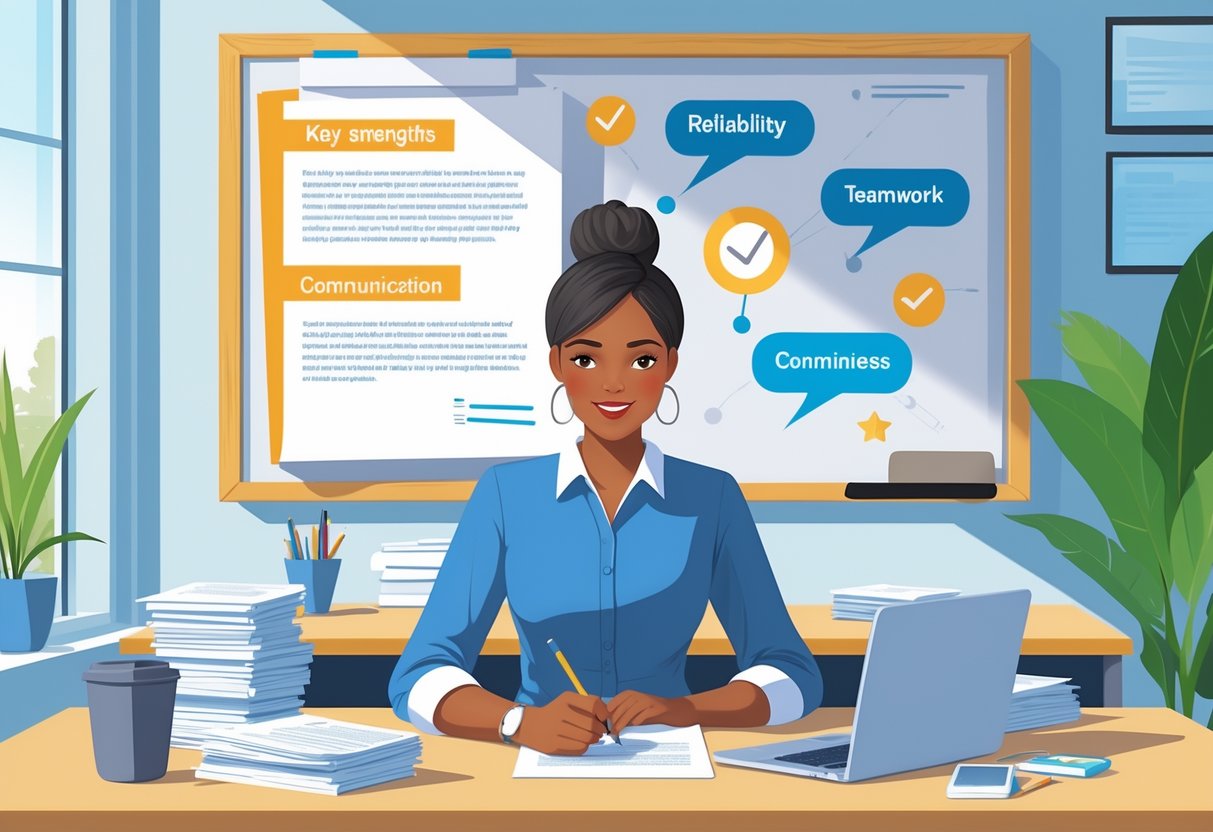
It is important to focus on strengths that match what the role, program, or opportunity needs most. Instead of listing every positive quality, pick two or three that directly relate to the position. This makes the letter feel more personal and shows the reader that the candidate is a good fit.
Use clear examples to illustrate each strength. Specific examples, like leadership in group projects or reliability under pressure, are better than vague statements. This approach helps the reader understand exactly why the person is well-suited for the opportunity.
For instance:
I am pleased to recommend Sara Kim for the internship at Standard Systems. During her time as my assistant on the community literacy project, Sara stood out for her strong organizational skills and her ability to work effectively with diverse groups. She managed project schedules, coordinated volunteers, and handled problems calmly and professionally. Her attention to detail led to a 15% increase in program attendance. Sara’s work ethic and communication skills will make her a strong addition to your team.
Candidates are more likely to make a positive impression if a reference letter highlights their most relevant strengths with examples. Many people use tools like RoboApply’s AI resume and cover letter builder to find qualities that match the opportunity and get suggestions for real achievements to feature. For more ideas on choosing and describing key strengths in a reference letter, visit this guide on phrases and templates for reference letters.
7) Include measurable accomplishments

Adding measurable accomplishments makes a reference letter much more convincing. Numbers and facts show exactly how the person made a difference at work or school. Concrete results help the reader trust what the letter says and understand the candidate’s true strengths.
Try to mention details like sales targets met, money saved, projects finished ahead of time, or the number of people supervised. When possible, give data that matches what the new job or school is looking for. RoboApply’s resume and cover letter builder makes it easy to track and include these achievements in all reference materials.
Here is a full-length example of a measurable accomplishment in a reference letter:
“I highly recommend Sarah Lee for the open position. During her time at our company, Sarah raised customer satisfaction scores by 18% in one year by designing a new feedback system. She cut customer complaint response times from three days to just one. These changes led to a 12% increase in customer retention.”
8) Maintain a positive and honest tone

Keeping a positive and honest tone helps the letter carry weight and supports the person being recommended in a truthful way. Employers want to read reference letters that are both encouraging and believable, not exaggerated or misleading. Using this approach builds trust with readers and ensures the recommendation is taken seriously.
It’s important to highlight the person’s strengths and achievements while remaining truthful about their abilities. Avoid making claims you cannot support with real examples or direct experience. Instead, mention specific strengths or moments that left a strong impression on you to make your point clear.
Balance positive feedback with a realistic assessment of the candidate’s skills. If you cannot speak positively about every quality, simply focus on areas where you have confidence. This keeps the tone professional and avoids the risk of overstating the truth.
Before sending your letter, always read through it to check for any language that might seem too negative or dishonest. Polishing your reference letter and making sure it’s well-written can strengthen your endorsement.
For anyone who needs help with crafting a professional, positive, and honest letter, RoboApply offers tools like an AI letter builder and resume grammar checker that make the process smoother and more effective than writing from scratch. This ensures your reference letter is both polished and ready to support the applicant’s success.
9) Keep the letter concise, about one page
A reference letter should always be short and to the point. One page is the recommended length because it is long enough to cover the main points, but not so long that it loses the reader’s attention. Hiring managers often prefer letters that get straight to the facts and highlight only the most important strengths and examples.
Sticking to a single page helps the letter look tidy and professional. Writing more than that can make it seem like the writer does not know how to communicate clearly or respect the reader’s time. Short, focused letters are remembered better and are more likely to be read all the way through.
Job seekers writing reference letters can use digital tools to keep their drafts clear and concise. The RoboApply platform, for example, offers smart suggestions for what details should be included and checks word count, making it much easier to stay on one page and avoid unnecessary filler. To see more tips on letter length, check guides like this one on how to write a reference letter.
If a reference letter starts to feel too long, review it to see if any details can be summarized or taken out. Focus on the candidate’s key skills and experiences, keeping just the details that will matter for the hiring decision.
10) Use action verbs to describe contributions
Starting each sentence or bullet point with an action verb creates a stronger, clearer picture of what the person has done. Action verbs show direct involvement and make a reference letter sound more confident and active. Common verbs include “led,” “organized,” “created,” “improved,” and “developed.” These words help highlight a candidate’s role and impact.
For example, instead of saying “She was responsible for the team project,” write, “She managed a team project that increased efficiency by 15%.” Action verbs draw attention to specific contributions and make accomplishments easy for a reader to recognize. Using targeted words also helps a letter stand out and can improve its effectiveness according to expert guides on reference letters.
RoboApply’s AI resume and cover letter builder recommends using strong action verbs and provides suggestions that match a candidate’s skills and experiences. This tool ensures reference letters remain impactful, and avoids vague or passive statements.
For those unsure which verbs to use, lists of powerful action words like “achieved,” “implemented,” “designed,” or “mentored” can help. These are especially effective when paired with clear results or outcomes. Writers can boost the credibility of their reference by concentrating on active descriptions of the candidate’s achievements.
Frequently Asked Questions
A reference letter should be honest and specific. Using strong examples and a proper format helps highlight the candidate’s strengths and maintains professionalism.
What key elements should be included in a professional reference letter?
A strong professional reference letter includes the writer’s relationship to the applicant, details about the applicant’s skills and achievements, and specific examples to support the recommendation. It should start with a direct statement of support, clearly mention the role or opportunity in question, and use a formal, readable format. For guidance on format and structure, see this professional reference letter guide.
Can you provide guidance on how to structure a recommendation letter for a student?
A well-structured student recommendation letter starts by introducing the writer and their connection to the student. The next part should cover the student’s academic strengths, personal qualities, and any achievements or projects that stand out. End with a clear recommendation and contact information. Tools like RoboApply can help organize details and examples for such letters.
What are some effective strategies for beginning a reference letter for an employee?
Begin with a confident, positive statement about the employee’s strengths or contributions. Clearly state your position and your relationship to the employee. Mention how long you’ve known or worked with them. Starting strong sets the tone and shows you genuinely support the candidate.
How can I personalize a reference letter while maintaining its professional tone?
To personalize a letter and keep it professional, include specific examples of the candidate’s work or behavior. Focus on factual achievements and unique qualities. RoboApply can help you tailor the wording using AI editing features, so your letter stays formal but still feels personal.
What should I consider when writing a reference letter for a friend to ensure credibility?
When writing for a friend, stay honest about your relationship and stick to facts about their skills or character. Avoid emotional language or exaggeration. Providing relevant examples and keeping a balanced tone will help maintain the letter’s credibility. A helpful resource on the differences between personal and professional references can be found in this reference letter guide.
Which examples illustrate the best practices for endorsing someone through a reference letter?
The best reference letters highlight specific accomplishments and qualities. When possible, use measurable outcomes or detailed stories to show the candidate’s positive traits. For best results, RoboApply offers professional templates and real-life examples that users can adapt to their own needs.


